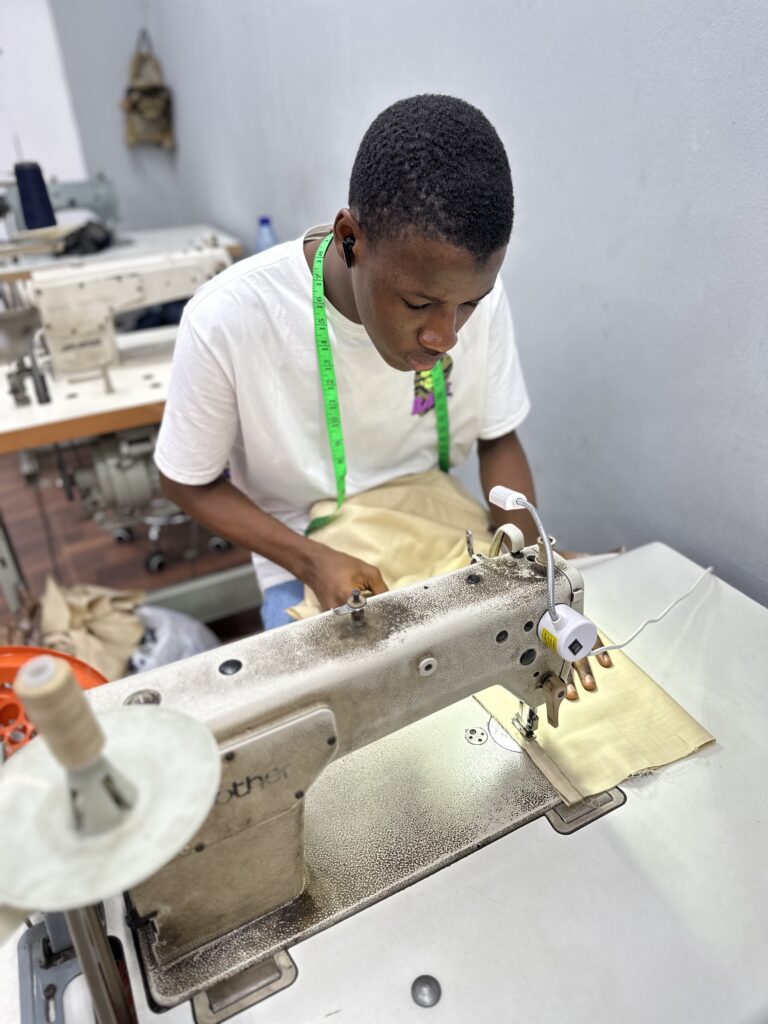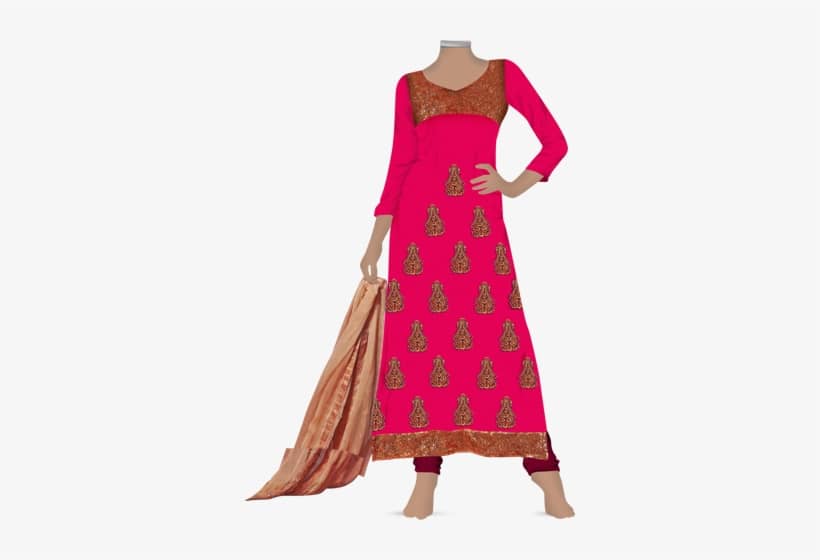Tailor Perth Excellence: Your Location for Bespoke Tailoring
Tailor Perth Excellence: Your Location for Bespoke Tailoring
Blog Article
Comprehending the Tailoring Process: From Material Choice to Final Fitting for the Ideal Wardrobe
The customizing process is an intricate interplay of art and science, beginning with the crucial choice of textile option and culminating in the specific adjustments of last installations. Each fabric type brings distinct qualities that influence not just the aesthetic appeal but additionally the garment's longevity and suitability for various events. Comprehending the nuances of tailoring methods can elevate one's wardrobe to extraordinary degrees of class. As we explore these aspects additionally, one need to take into consideration just how even the tiniest details can considerably impact the general end result of one's individual style.
Importance of Fabric Selection
Selecting the right material is critical in the tailoring procedure, as it directly affects the comfort, longevity, and general aesthetic of the last garment (tailor perth). The selection of fabric establishes the foundation for the garment's performance, capability, and design. Different textiles have special residential or commercial properties, such as breathability, stretch, and weight, which can significantly influence how the garment drapes and fits the body
Additionally, material option influences the garment's long life and ease of treatment. Top notch materials can stand up to deterioration, maintaining their look and structure over time, while lower-quality materials may cause pilling or fading. Additionally, the ideal material adds to the garment's capacity to shift across periods and occasions, thus enhancing convenience.
A customized item made from an ideal material not just showcases craftsmanship however likewise boosts the wearer's confidence. Understanding the nuances of textile choice is extremely important for any kind of customizing undertaking. It guarantees that the end product not only fulfills the visual wishes of the customer yet additionally lines up with functional needs, consequently accomplishing a harmonious equilibrium between kind and feature in the customized wardrobe.
Kinds Of Fabrics and Their Uses
Recognizing the numerous sorts of fabrics readily available is essential for making notified decisions during the tailoring process. Each textile has one-of-a-kind attributes that dictate its viability for specific garments and celebrations.
Cotton, understood for its breathability and gentleness, is suitable for laid-back wear and summertime clothing. Its adaptability enables it to be tailored into every little thing from t shirts to gowns. Woollen, on the various other hand, is favored for its warmth and structure, making it an exceptional choice for formal fits and outerwear - tailor perth. Its natural flexibility helps garments maintain shape gradually.
Silk emanates luxury and is light-weight, making it excellent for eveningwear and delicate shirts; however, it requires careful handling due to its delicacy. Linen, with its textured finish, is a prominent selection for warm climates, supplying a crisp and ventilated feel, however it wrinkles conveniently, which might affect the garment's look.
Artificial fabrics, such as polyester and nylon, deal durability and resistance to creases, making them ideal for daily wear and active garments. Comprehending these textile kinds and their buildings allows for better decision-making, making certain that each tailored item not only fits well however also lines up with the designated function and celebration.
The Tailoring Strategies Described
The art of customizing relies upon a variety of techniques that change material into well-fitted garments. Central to this process is pattern drafting, where a tailor creates themes based upon the customer's measurements and preferred style. This first step guarantees that the garment will fit the wearer appropriately before any cutting occurs.
When patterns are developed, cutting methods come right into play. Precision is paramount as inaccuracies can cause misfitting garments. Tailors usually make use of different reducing methods, such as single-layer cutting for complex layouts and multiple-layer reducing for efficiency on basic patterns.
Basting is another vital method, enabling tailors to briefly sew fabric assemble for an initial fitting. This method supplies the opportunity to analyze the drape and total silhouette before final stitching.
Seaming techniques, including flat-felled seams and French seams, enhance the garment's toughness and aesthetic appeal. Tailors likewise use methods such as interfacing and padding to provide framework and form to specific areas, like shoulders and collars.
Finally, ending up techniques, consisting of hemming and side finishing, make certain the garment's durability while giving a sleek look. With each other, these methods develop the foundation of efficient customizing, resulting in beautiful, custom-fit apparel.
Fitting Adjustments and Factors To Consider

Key factors to consider include the shoulder fit, which needs to neither droop neither limit movement, and the sleeve size, which should allow for comfortable arm movement while preserving a polished look. Additionally, modifications at the waist can fine-tune the shape, with alternatives to let out or absorb textile as needed.
The surge of pants is an additional essential get more factor; it must rest comfortably above the hips without causing discomfort, permitting simplicity of activity. Hemming sizes for both pants and skirts should reflect the wearer's preferred design while appreciating proportions.

Maintaining Your Tailored Garments
Constantly adhere to the care tag guidelines, which might advise completely dry cleansing for fragile fabrics or machine cleaning for even more long lasting materials. Avoid frequent laundering, as this can use down the textile and change the garment's shape.
Storage is equally crucial; use cushioned hangers for jackets and layers to maintain shoulder framework, and store trousers folded up neatly or hung to avoid creasing. Safeguard garments from straight sunshine, which can fade shades and damage fibers.
Furthermore, periodic evaluations for minor fixings can avoid larger problems. Inspect for loosened buttons, tearing joints, or indications of moth Homepage damage, attending to these problems promptly to preserve the garment's stability.
Finally, consider seasonal turning. Putting on customized items in moderation enables textiles to recover, expanding their life expectancy. By implementing these maintenance strategies, you can make certain that your tailored garments stay as immaculate as the day you first used them, boosting your excellent wardrobe for several years to come.
Conclusion
The customizing procedure, encompassing fabric option, experienced techniques, and exact suitable modifications, plays a vital duty in developing garments that boost both convenience and style. Each phase adds to the total effectiveness of the final item, making sure that garments not just fits well but additionally mirrors individual identity. Comprehending the significance of maintenance prolongs the life of tailored garments, solidifying their value in a well-curated wardrobe. A comprehensive strategy to customizing finishes in a refined and certain appearance.
Picking the ideal textile is important in the tailoring process, as it straight affects the convenience, longevity, and general aesthetic of the final garment. The option of textile establishes the structure for the garment's efficiency, style, and capability. Different materials possess special residential or commercial properties, such as weight, breathability, and stretch, which can significantly influence exactly how the garment drapes and fits the body.
The art of customizing depends on a variety of techniques that change material right into well-fitted garments.The customizing procedure, incorporating material choice, skilled click for info techniques, and specific suitable modifications, plays a crucial duty in creating garments that boost both comfort and style.
Report this page